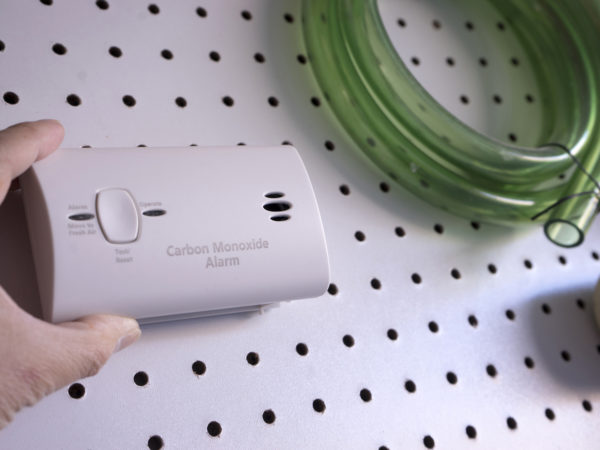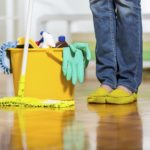Wary of Carbon Monoxide?
Recently I was exposed to carbon monoxide due to my furnace being cracked. I had a lot of medical issues long before I installed a detector, which, by the way, saved my life. Can there be long-term effects from the exposure?
Andrew Weil, M.D. | September 1, 2005

Originally published 1/04/2005
Carbon monoxide (CO) poisoning is very dangerous. Each year an estimated 500 people in the United States die and thousands require medical treatment as a result of accidental exposure. (Another 2,000 people die after deliberately breathing it in.) Carbon monoxide is an odorless, colorless gas found in the fumes produced by cars, trucks, stoves, heating systems, gas ranges, lanterns, burning charcoal, and burning wood. If carbon monoxide from these sources builds up in an enclosed space, people and pets can be poisoned. The most common symptoms are headache, dizziness, weakness, nausea, vomiting, chest pain and confusion; all of which can be linked to other health problems and may not be correctly diagnosed if you’re unaware that you’ve been exposed to carbon monoxide. Symptoms can easily be mistaken for those of flu, gastroenteritis or psychiatric disorders. If you’re asleep and carbon monoxide builds up in your home, you could easily die, since increasing levels of it in the blood lead to coma, seizures and respiratory failure.
You’re fortunate that you installed a carbon monoxide detector that alerted you to the gas in your home. These inexpensive devices can warn of danger before symptoms develop. Once exposed, correct treatment requires aggressive use of oxygen therapy, even using hyperbaric oxygen when necessary. Recovery can be slow if treatment is not instituted promptly. In severe poisonings, long-term psychiatric and neurological problems occur in about 10 percent of survivors. Memory impairment can occur in up to 40 percent. The most common personality change is emotional instability (mood swings). Resolution of neurologic symptoms, when they occur, can take up to two years.
In addition to installing detectors, the best way to avoid carbon monoxide poisoning is by taking the following preventive measures:
- Make sure all fuel-burning appliances in your home are properly installed, maintained and operated.
- Make sure furnaces, water heaters and gas dryers are inspected annually by a qualified technician.
- Have fireplace chimneys and flues checked and cleaned annually.
- Use non-vented fuel-burning space heaters only while someone is awake to monitor them. Doors or windows should be open to provide fresh air when using these devices.
- Have automobile exhaust systems inspected routinely for defects. Check automobile tailpipes routinely for blockage by snow during the winter.
For more information on protecting yourself against carbon monoxide poisoning, visit the Center for Disease Control web site at www.cdc.gov/nceh/airpollution/carbonmonoxide/cofaq.htm.
Andrew Weil, M.D.










